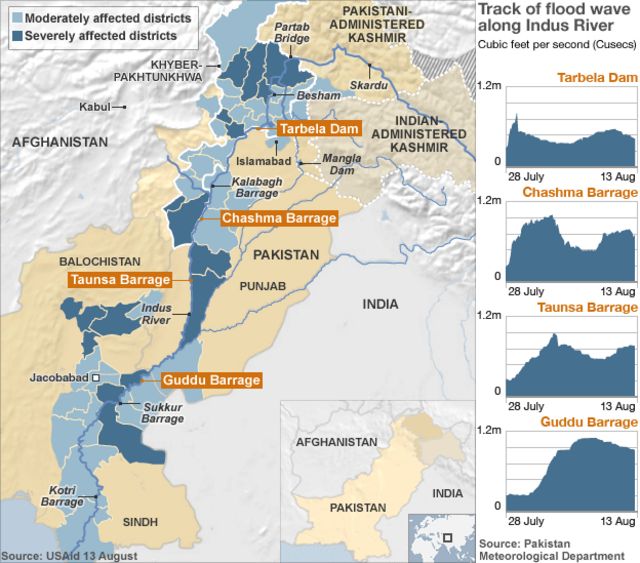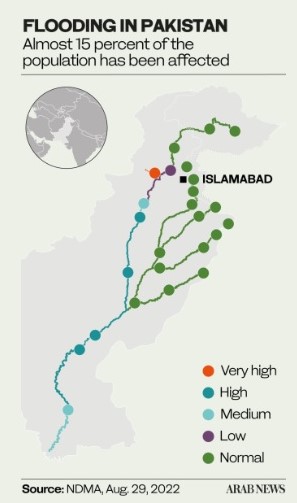900 319 0030
enquiry@shankarias.in
Pakistan is facing one of the worst floods in its recent history.

“Kabul River originates in Afghanistan and flows through the northern Khyber Pakhtunkhwa province and joins a tributary of the Indus River.”
